Gosh, I think D&D's finally done it—the 2024 Dungeon Master's Guide actually does a decent job of teaching you how to run a game
Some bad habits aside, it's a huge improvement.
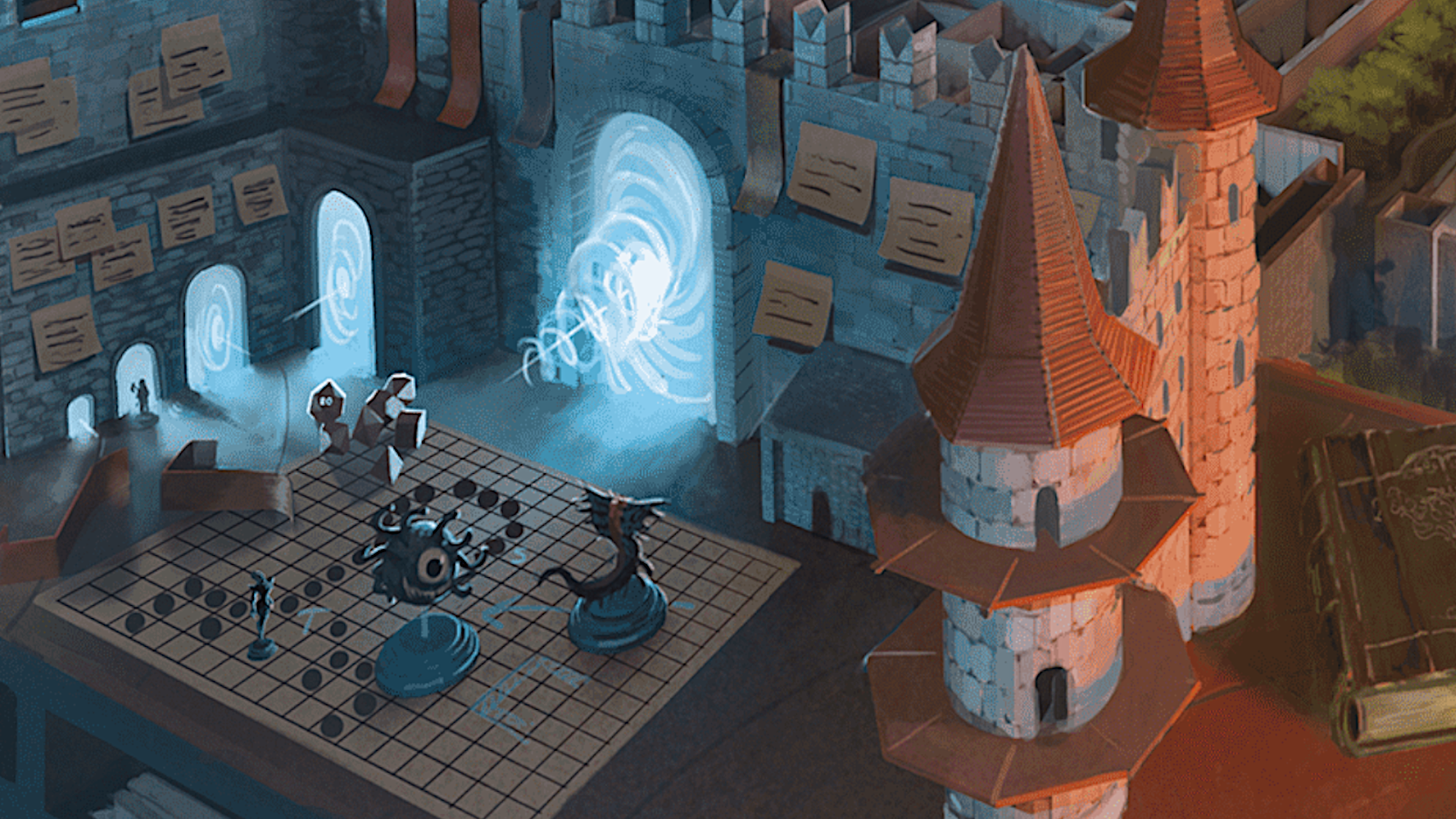
The new Dungeon Master's Guide (DMG) for D&D's 2024 ruleset is officially out—and having read through most of the bits that deal with actually running your campaign, I can confidently say that it's miles above its 2014 counterpart—though that wasn't exactly a hard bar to clear.
In case you're unfamiliar, the 2014 version of the 5e ruleset is infamous for having a pretty crap DMG, and only really worth it for the magic items. There are vague gestures towards DM advice, but it's mostly Wizards of the Coast getting really excited about its cool planar lore. Not super helpful.
In contrast, the 2024 DMG is flooded with genuinely great tips, a few sparkling ideas… and some annoying bad habits that've made me say: "Buddy, you don't have to use a random table for everything, it's okay."
Overall, this is a massively improved DMG in terms of priming the DM to run a D&D game in the current most popular style—that is, a narrative-driven, high fantasy adventure with a lot of monster fights. Now, while my grumpy old indie-RPG playing self feels obligated to say that D&D's rules are extremely combat-focused, and that story fiends could do better with other systems, the fact remains that this is the RPG, in the way that World of Warcraft was (and still sort of is) the MMO. Everyone is playing it regardless of what I think, and this DMG is the next best thing.
Tools & boxes
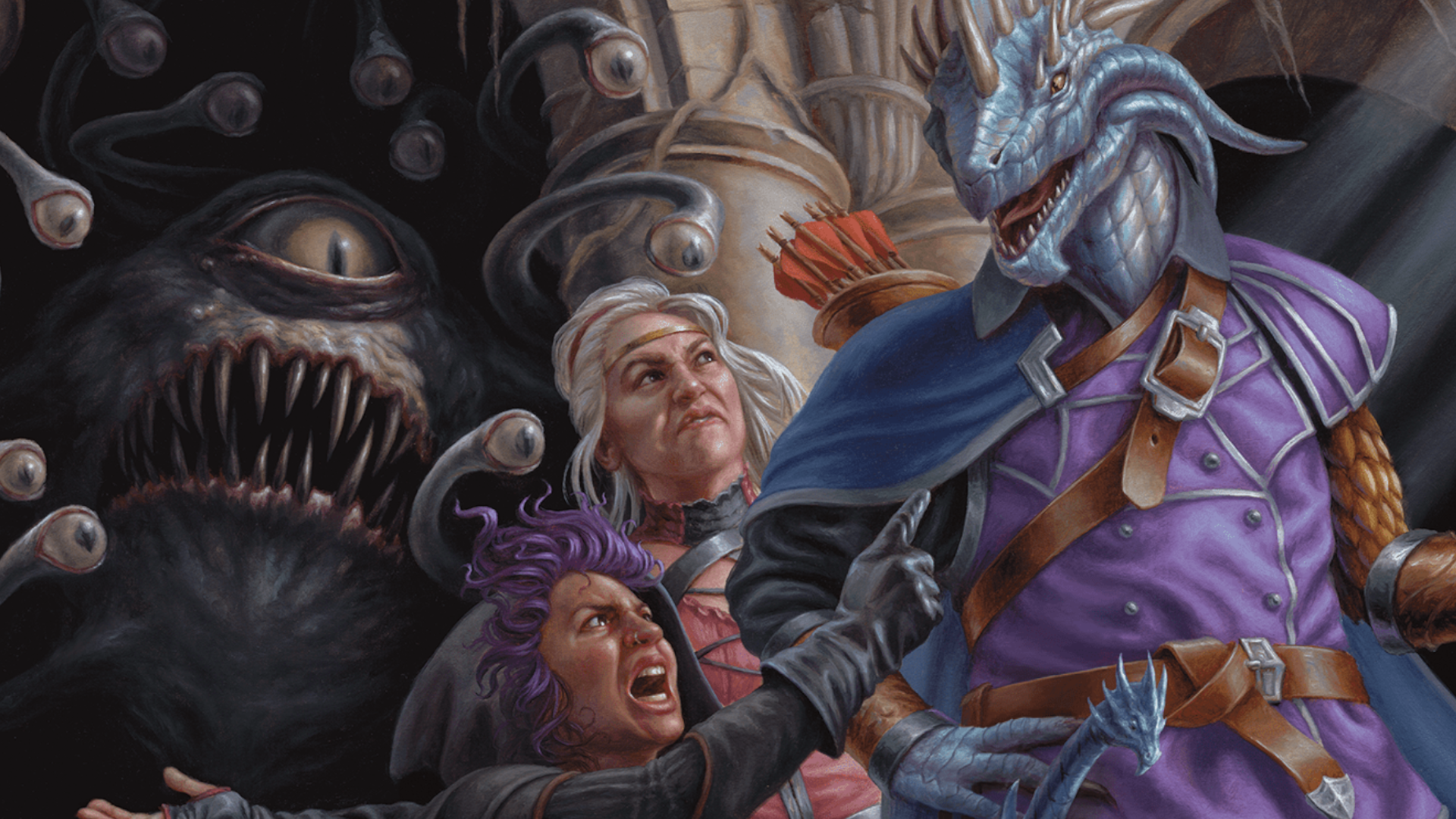
First up, the toolbox: This is the least focused chapter of the book and sort of suffers for it. It pinballs between mechanical options—traps, hazards, and the like—and DMing advice. Those mechanical gubbins are good and varied, giving you some nice grenades to throw at your exploration pillar. Except for the chase rules. The chase rules have problems. Then again, they always do.
The only major criticism I have here is that the custom backgrounds section should've been part of the Player's Handbook—especially considering stats are now tied to them, meaning players have more of an incentive to make their own. I can only really chalk this down to either an organisational error, or a cynical move to encourage people to buy the full set of books.
A minor quibble that starts here and continues throughout the rest of the book is its reliance on random tables, like the toolbox's ones for dungeons and settlement creation. My bugbear with these is that they're more of a bullet-point list of suggestions than a guide to cooking up good ideas of your own. The book does guide you through that process in some areas, whereas in others it'll simply huck a table at you and be on its way. I'm of a mind that it can do both. Granted, you can argue that using some of these examples will give DMs a good idea of what works and what doesn't—but I'm going to be a curmudgeon about it anyway.
The biggest gaming news, reviews and hardware deals
Keep up to date with the most important stories and the best deals, as picked by the PC Gamer team.
The real star here, however, is the advice for death rules—there's good wisdom for DMs on how to handle a total party wipe and the like, but the "death scenes" suggestion is a mechanical nugget of gold I'm going to nick for my campaigns going forward. Essentially, it asks a player to describe their memories (a hopeful one of a success, or a shameful one on a failure) and, crucially, encourages you to reward players who really go for it with advantage. It weaponises the mechanics to encourage storytelling in a way the rest of the book doesn't quite manage.
A lot of solid advice is entangled messily with rules systems, which might lead to players missing it.
For example, the fear and mental stress rules, which are bad. While summing up mental breaks as silly little habits in the 2014 book wasn't ever great, the 2024 DMG parses these long-term consequences of adventuring stress to effects as uninteresting as having disadvantage on a skill check until you get slapped with a greater restoration. Or the criminally boring consequence of simply taking some psychic damage.
There was a clear and missed opportunity here to look at something like Blades in the Dark's trauma conditions. In case you're unfamiliar, that system gives players more interpretable tags like "Cold", "Haunted", and "Reckless" when they suffer too much stress—then directly rewards them for playing into those by giving them XP at the end of a session. D&D could've done something similar, but it'd require some other system to come into play—too brave a step for a game mostly stuck in its 10-year old framework.
Elsewhere, there are new additions that are really solid. Renown, for example, encourages the DM to keep a track of how well-known the players are via Renown points, which they can award to them for completing various quests. I like this a whole lot, even if it could use a little meat on its bones. I wonder if this section would've benefitted if it'd simply been dedicated to these kinds of point-based systems, things with mechanical crunch. As it stands, a lot of solid advice is entangled messily with rules systems, which might lead to players missing it. Luckily, it's not the only chapter with words of wisdom.
Creating adventures
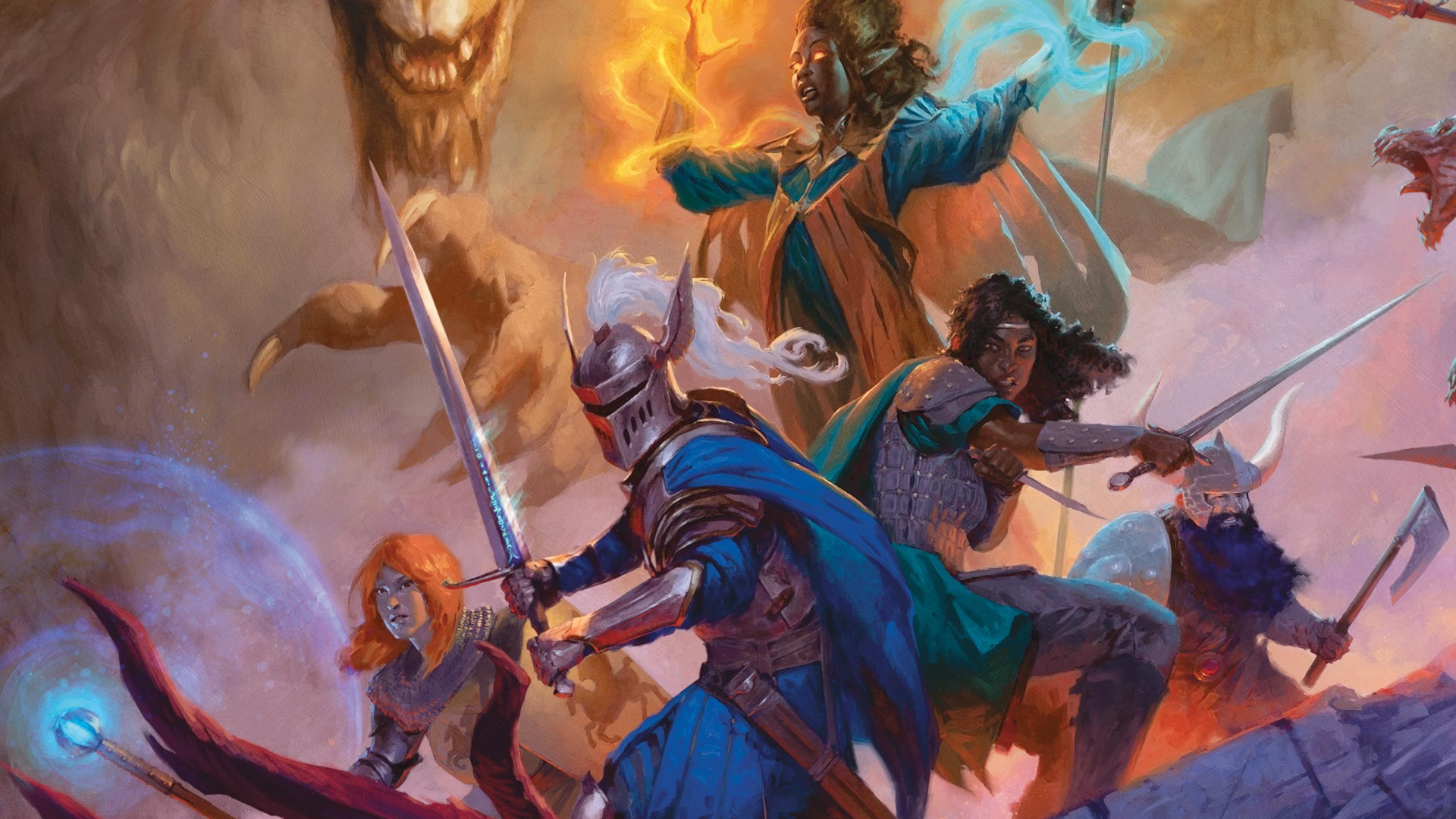
This chapter goes leaps and bounds above the 2014 book by giving players four steps to follow. They're straightforward ones, sure—asking players to lay out their premise, grab the players with a hook, plan encounters and, obviously, end it at some point. But the rest of the chapter is designed to fleshing out these seemingly-simple concepts with sage advice.
It takes a nose-dive into random table territory, which I don't really approve of, but I'll say that these nuggets are more than enough for a fledgling DM to be getting on with—about 20 ideas per five character levels. I'm especially a fan of the level 20 concept: "Five ancient metallic dragons lair in the Pillars of Creation. If all these dragons are killed, the world will collapse into chaos. One has just been slain." Great stuff. Hooks are split into patrons, happenstance, and supernatural hooks—which are similarly corralled into tables, much to my chagrin.
The weakest bit by far is the "character objectives" section, which had an opportunity to provide a framework for non-standard combats—like how both Lancer and ICON give you rules for fights that involve escorts, desperate retreats, zone control, and so on. Instead, the book gives you ideas like 'maybe there's an evil ritual going on, ooo' and then goes out to the store to buy milk while you're left to pick up the pieces.
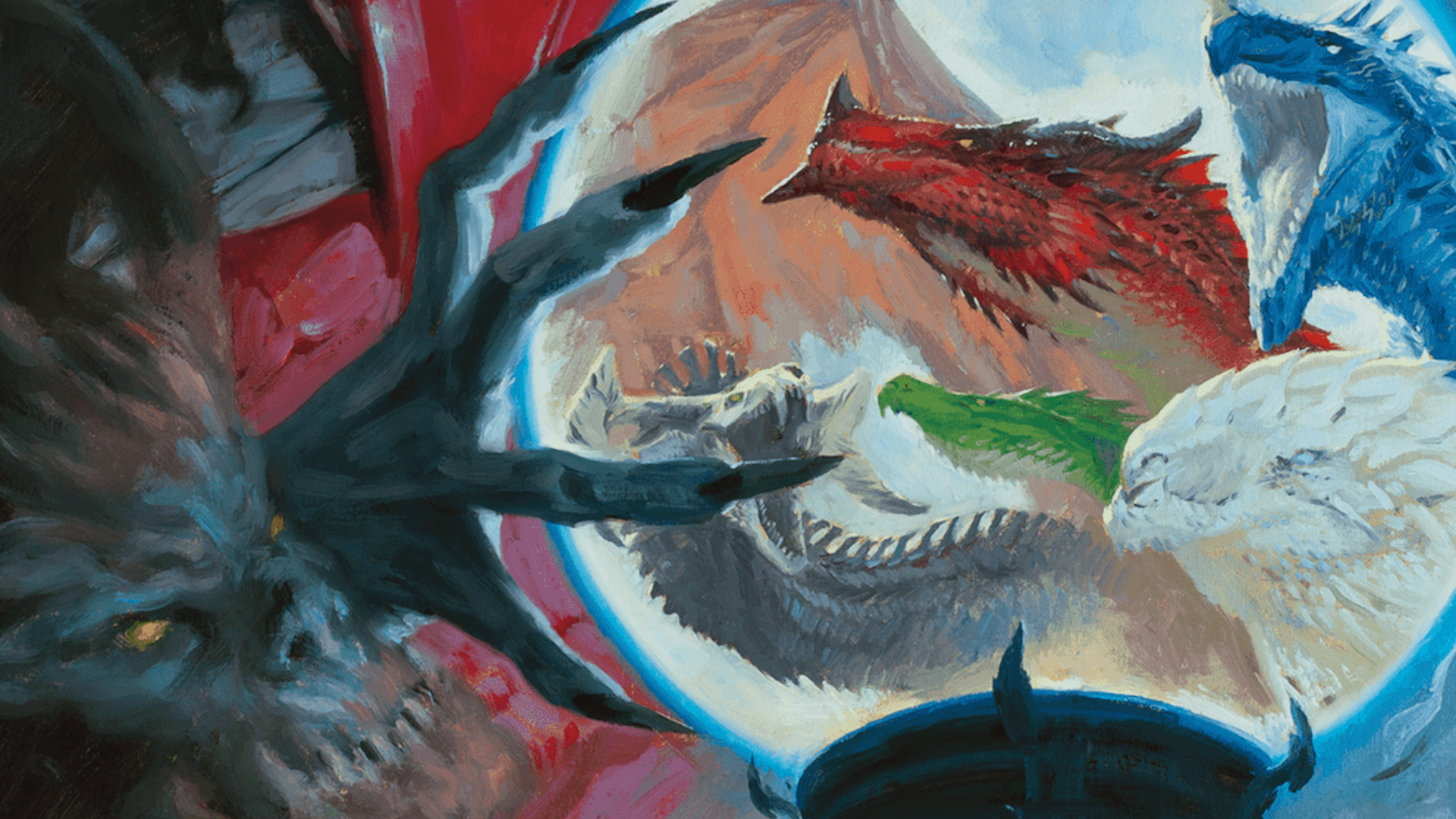
As far as combat encounters go, you build them with an XP budget—and instead of trying to puzzle out the impact of multiple enemies, there's instead a "troubleshooting" section that I'm broadly in favour of. Balancing in D&D 5e has always been weird and vibes-based, and while we're stuck with mostly using the bones of the 2014 system, it's probably best to just give out warnings to new DMs rather than confuse them with practices that don't really work.
I do, however, really like the monster behaviour section. It's something a seasoned DM'll do eventually, but tossing in conflicting personalities to, say, a pack of goblins really has a chance of elevating the whole thing, and it's great to encourage DMs to start doing that early. There are more random tables here to decide just how freaky enemies get, but otherwise it's some excellent advice, no notes.
Another solid favour done by Wizards to new DMs is a set of "sample" adventures, built out using the rules that the chapter establishes. This feels like the most forward-thinking Wizards of the Coast has gotten in a while, because it shows how a player might build out their own notes for a quick adventure, instead of the system's habit of long-winded and unhelpful campaign guides. Speaking of—I think the "Campaign Advice" chapter's absolutely the most useful bag of tricks here.
Campaign advice
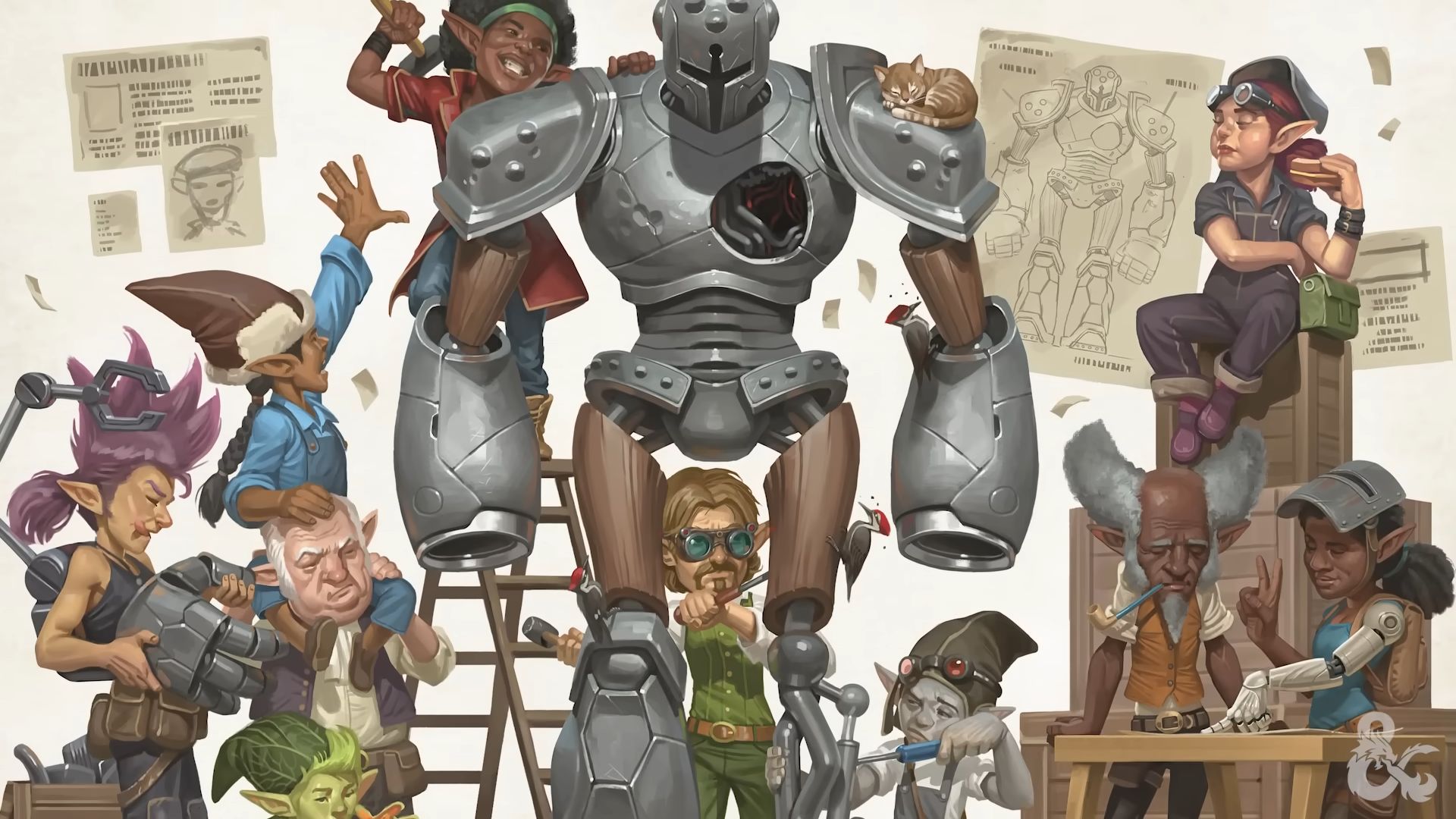
This chapter sets up new DMs with a few really good habits, with accompanying sheets to manage them. The advice on starting a campaign journal is great, if a bit basic (you're recommended to foreshadow events, which seems like a no-brainer to anyone with passing media literacy), but the sections on managing players is where this book shows the most promise.
DMs are encouraged to take their player characters' goals, ambitions, quirks and backstories into account—and are provided a "character tracker" sheet with which to do so. They're then asked to, occasionally, make adventures centre around these bullet points, as well as giving them significant victories "roughly every 5 levels" when it comes to them. Couple that with some insightful questions a DM can then ask themselves to keep things moving, and you're setting newbies up for success.
Weaker elements of the chapter include its "conflict arcs" system—mostly because they're quite broad-strokes. Conflict arcs encourage you to structure campaigns around three major conflicts, ideally with bridges that connect them between the tiers of play, but there's not much space given to what makes a conflict engaging to begin with. Instead, the book offers some genres to work with, under headings like "Heroic Fantasy", "Sword and Sorcery", "Mystery", and "War." But they're brief and surface-level. Each barely gets more than a paragraph of information and three ideas before the book moves on.
This chapter sets up new DMs with a few really good habits, with accompanying sheets to manage them.
For example—mystery campaigns are about as hard to run as mystery fiction is to write. You need to trickle your clues out to players in a structured way, lest they punt down the door too early. The book's advice on this is as follows: "Such a campaign emphasises puzzles and problem-solving in addition to combat prowess. An adventure composed of nothing but puzzles can become frustrating, so be sure to mix up the kinds of encounters you present." That's kinda it. The concepts it then gives—like a thief stealing a priceless treasure, a criminal syndicate targeting the party, and so on—are all solid, but there's no proper guidance on how to actually run such a thing.
Otherwise, there are some glimmering advice gems for general practice. My favourite by far is the recommendation to, when describing a place that you want players to grow attached to, ask them to pitch in. For example, when entering a tavern, you might state that they scent a delicious dish wafting from the kitchen—then ask the players for the particulars. Giving players a short of shared authorship is the closest this new DMG actually comes to being inspired by the indie RPGs that have, admittedly, already been doing this for years.
Some steam ahead
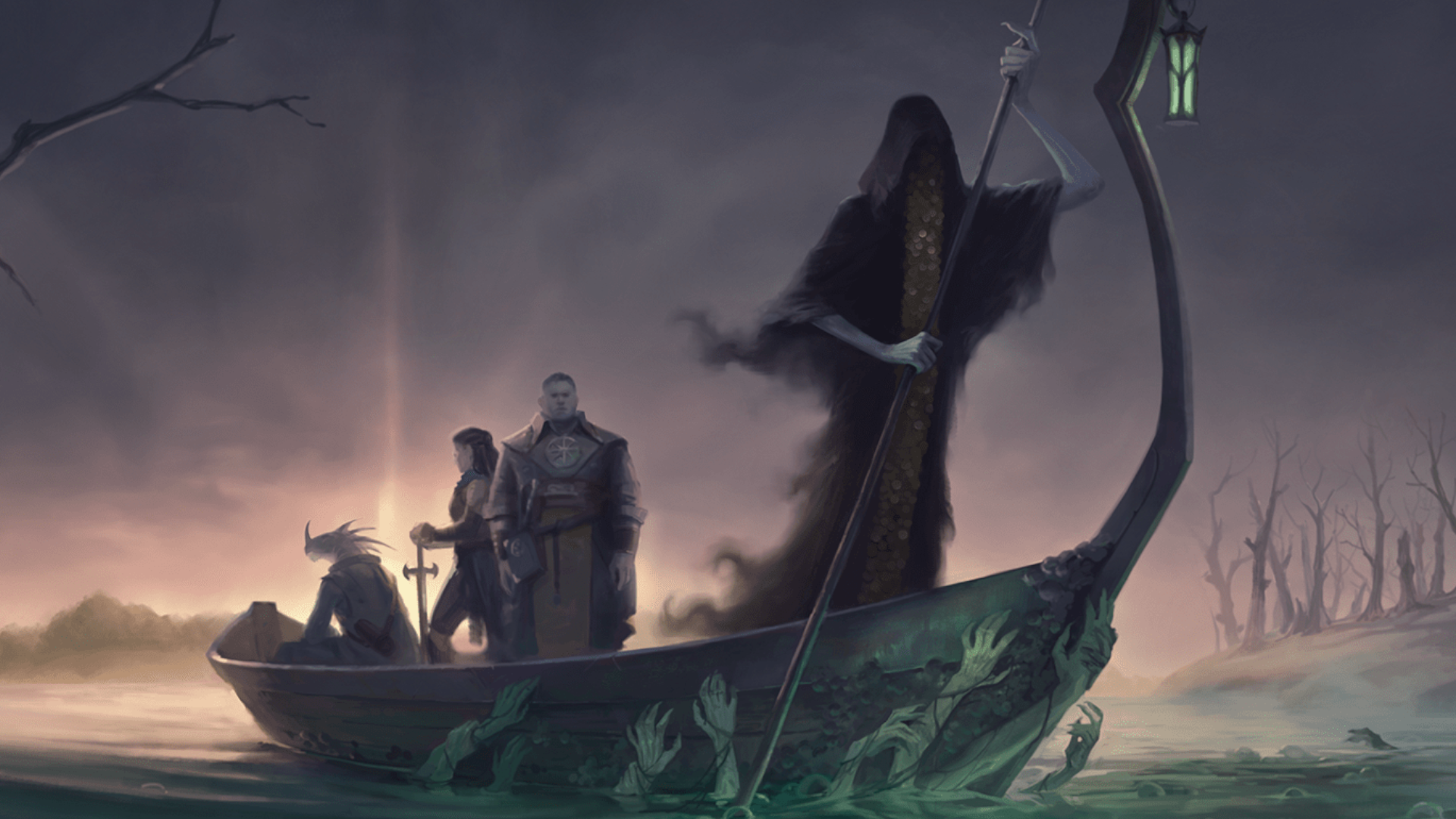
All in all, the 2024 DMG is heading, commendably, in the right direction. It's not the revolutionary rehash that I'd hoped for—one which would actually treat D&D as a partially story-driven game, developing new systems to accommodate that—but it is a book full of very good advice, coupled with one or two diamonds in the vague rough that I'll be nicking for my own games.
If you've read any of my writing about the system before, you'll have no doubt that I've groaned about it a lot, but I'm broadly very positive on this thing. I might want D&D to get weirder and wilder with it, but the 2024 DMG represents the biggest and bravest shift in mindset the system's shown so far. I remain annoyed that it took us 10 years to get a Dungeon Master's Guide that actually teaches you how to, well, Dungeon Master, but it's better late than never.
What I really want to see out of further rules supplements is a willingness to add further, optional structures that can be used for narrative moments—such as Pathfinder 2e's investigation rules. There's no reason we can't have more tools like death scenes, more question-based systems for the DM to use, more actual outlines for how to tell a story, instead of just sage wisdom organised into bullet points. These are the things that turn novices into storytellers, and for as long as D&D is the most popular TTRPG out there (for good or for ill), I want those novices to be well-equipped to get into a hobby I adore with confidence.

Harvey's history with games started when he first begged his parents for a World of Warcraft subscription aged 12, though he's since been cursed with Final Fantasy 14-brain and a huge crush on G'raha Tia. He made his start as a freelancer, writing for websites like Techradar, The Escapist, Dicebreaker, The Gamer, Into the Spine—and of course, PC Gamer. He'll sink his teeth into anything that looks interesting, though he has a soft spot for RPGs, soulslikes, roguelikes, deckbuilders, MMOs, and weird indie titles. He also plays a shelf load of TTRPGs in his offline time. Don't ask him what his favourite system is, he has too many.

